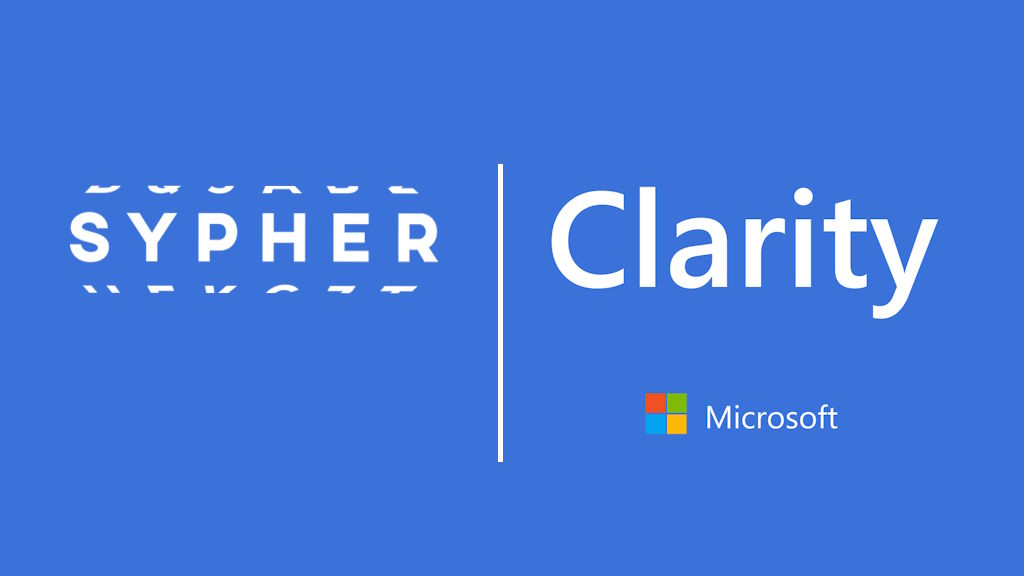What is Google Consent Mode v2 and how can you use it with Sypher?
by Cristian Badea | Published in Resources
If you are looking for a way to optimize your website performance and comply with data privacy regulations, you might have heard of Google Consent Mode v2. This feature, introduced by Google in 2022, allows websites to measure and improve site analytics and advertising while respecting user consent.
This guide will show you how to integrate Google Consent Mode v2 with Sypher, enabling seamless compliance and improved data insights.
What is Google Consent Mode v2?
Google Consent Mode v2 is an updated version of the original Consent Mode developed by Google. It allows websites to communicate users’ cookie consent choices to Google Tags dynamically. Google requires all websites serving ads to or monitoring the behavior of EU/EEA users to implement Google Consent Mode v2 by March 2024.
Two of the most widely used Google products, Google Analytics and Google Ads have built-in consent checks that adjust their behavior based on the user's consent state. This system enhances alignment with European privacy laws such as the GDPR and the DMA.
Set Up Google Consent Mode v2 with Sypher
To make the setup process as simple as possible, Sypher provides a dedicated configuration for Google Consent Mode, ensuring that consent signals are correctly mapped and sent to Google.
Step-by-Step Setup Guide
Follow these steps to enable Google Consent Mode v2 within Sypher:
- Log in to Your Sypher Dashboard – Access your account and navigate to the website settings. If you don't have a Sypher account yet, sign up for free to get started.
- Go to Advanced Settings – Locate the Google Consent Mode section.
- Activate Google Consent Mode – Toggle the setting to enable it for your website.

- Verify Signal Mapping – Sypher automatically maps consent signals to Google's required categories:
- Save Changes – Your website is now configured to communicate user consent to Google Tags.
Google Consent Signal Sypher Cookie Category analytics_storage Analytics cookie category ad_storage Marketing cookie category ad_user_data (new in v2) Marketing cookie category ad_personalization (new in v2) Marketing cookie category - Test Implementation – Use Google Tag Assistant to verify that consent signals are correctly transmitted.
Understanding Basic vs. Advanced Mode
Google offers two modes of implementation for Consent Mode v2:
Basic Mode
- Google scripts are blocked by default until the user provides consent.
- Once consent is given, Google Tags are unblocked, and data collection follows the consent settings.
- This is the standard approach to cookie consent enforcement.
Advanced Mode
- Google scripts are not blocked before consent but instead run in a limited mode, collecting anonymized data until full consent is granted.
- Once the user provides consent, full data collection resumes.
- This approach enhances Google’s ability to estimate missing data while remaining compliant.
How to configure in Sypher
| Mode | Configuration |
|---|---|
| Basic Mode |
Enable third-party script blocking, including Google scripts. |
| Advanced Mode | Enable third-party script blocking but exclude Google scripts. |
To modify these settings, visit the Advanced Settings in your Sypher dashboard.

Benefits of Using Sypher for Google Consent Mode v2
- Compliance Assurance: Meet Google’s requirements and privacy regulations like GDPR and DMA.
- Improved Data Accuracy: Optimize analytics and ad performance with consent-based data.
- User-Friendly Setup: No coding or complex configurations required.
FAQs
Q: What happens if I don’t implement Google Consent Mode v2?
A: Without Google Consent Mode v2, you risk non-compliance with Google’s policies and privacy regulations, which could impact your ad performance and data collection.
Q: Can I customize the consent banner?
A: Yes, Sypher allows full customization of the consent banner to match your website’s design.
Q: Is Sypher compliant with GDPR and DMA?
A: Absolutely. Sypher is designed to help you comply with GDPR, DMA, and other privacy laws.
Q: Where can I find official documentation about Google Consent Mode v2?
A: Google provides comprehensive guides and technical documentation about implementing Consent Mode v2 on their dedicated developer resources page. This official documentation covers all aspects of configuration, implementation options, and compliance requirements.
If you are not using Sypher Cookie Consent, you can start using it for free and bring your website into compliance with data protection regulations. Sypher also offers other features to simplify and organize your GDPR compliance work, such as data flow mapping, DPIA support, smart monitoring, and robust controls.
Get connected with us on LinkedIn or by subscribing to our weekly newsletter. We do our best to select the most interesting and relevant content in our field and deliver it to you in a bite-sized format, so you can stay up to date on topics such as Privacy Management & Compliance.
Photo by Edho Pratama on Unsplash


